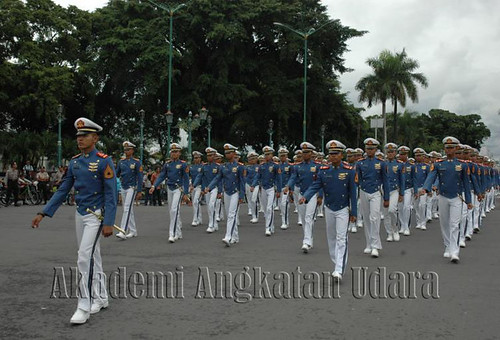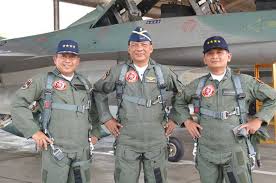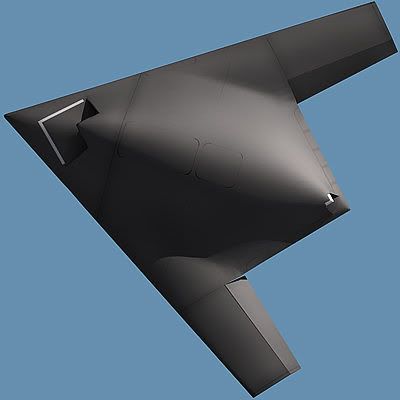
Untuk membela tanah air
Full Name : Dual Imperial Air Force
Common Name : Anagonia-Yohannes Imperial Air Force
Nationally known as : Angkatan Udara Kekaisaan Anagonia-Yohannes
Commander-in-Chief : Rajino Hamengkubuwono I and Jason Paladin
Active : 1987-Present (2010)
Country : Empire of Anagonia-Yohannes
Role : Air Defence Force
Size : 783,000 personnel. 30,434 combat aircraft.
Motto : Untuk membela tanah air (to defend the fatherland)
Colour(s) : Gold and White
Anniversaries : December 2 1987
Table of Contents
1. Introduction
2. Aircraft Inventory
3. Personnel
4. Current Structure of the Imperial Air Force
5. Imperial Chief of the Air Force
6. Imperial Air Force Command
1. Introduction
Angkatan Udara Kekaisaran Anagonia-Yohannes (english : Dual Imperial Air Force) is a formal Indonesian term for a dual imperial air force. It is the official name of the current air defence force organisation of the Empire of Anagonia-Yohannes, following the Imperial and Confederacy Compromise of 2010. Traditionally the Javanese military forces have been composed of the Army, the Navy and the Air Force before Unification. In the aftermath of the Imperial unification of 1987 and the Imperial and Confederacy Compromise of 2010, all the national air forces of the 25 federated kingdoms and 7 confederated states unite to become the Dual Imperial Air Force.
Allocation of Military Budget: Empire of Anagonia-Yohannes *Official Exchange Rate to USD not applied yet.
Branch | Amount of Fund |
Air Force | ¥33,861,603,039,182.96 (¥33.862 trillion) |
Total number of Military Aircraft: Empire of Anagonia-Yohannes
Model | Manufacturer | Total Number of Model |
Domestic Production Right LG Defense Systems Inc. | 8,120 | |
Domestic Production Right LG Defense Systems Inc. | 5,082 | |
Domestic Production Right LG Defense Systems Inc. | 5,206 | |
Domestic Production Right LG Defense Systems Inc. | 4,991 | |
Domestic Production Right LG Defense Systems Inc. | 7,035 |















































